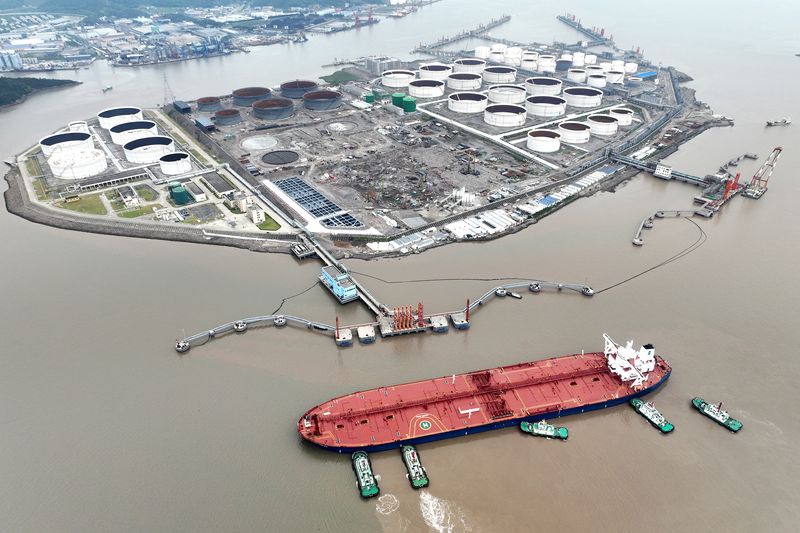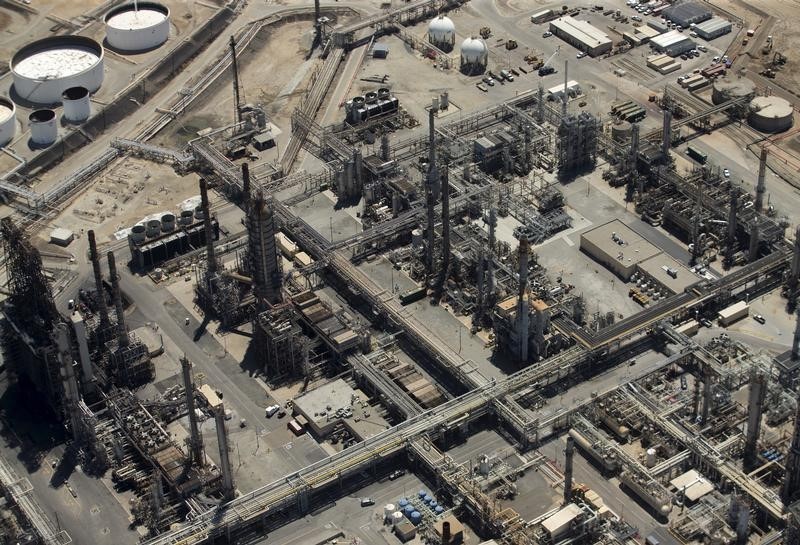By Nicole Jao
NEW YORK (Reuters) -Oil prices rose on Monday as the lingering impact of Hurricane Francine on output in the U.S. Gulf of Mexico offset lingering concerns about Chinese demand ahead of this week’s U.S. Federal Reserve interest rate cut decision.
futures for November settled at $72.75 a barrel, up $1.14, or 1.59%. October futures settled at $70.09, up $1.44, or 2.1%.
“We still have the remnants of the storm,” said Matt Smith, chief oil analyst at Kpler. “The impact is more on the production side than on the refining side. That’s why it’s leaning a bit bullish.”
More than 12% of crude production and 16% of production in the US Gulf of Mexico remained offline in the aftermath of Hurricane Francine, the US Bureau of Safety and Environmental Enforcement (BSEE) said on Monday.
Overall, however, the market remained cautious ahead of Wednesday’s Federal Reserve interest rate decision.
Traders are increasingly betting on a Fed rate cut of 50 basis points (bps) instead of 25 basis points, as shown by the CME FedWatch tool that tracks Fed funds futures.
Lower interest rates generally lower the cost of borrowing, which can stimulate economic activity and increase demand for oil.
“A quarter percent Fed rate cut could increase traders’ concerns about the pace of oil demand growth,” Clay Seigle, an oil market strategist, said in an email.
The market could see conflicting trends if the Fed implements a more aggressive rate cut, Seigle said.
“Bulls will be more confident of resilient oil demand with a soft landing, while bears pushing spreads into contango will welcome lower physical costs,” Seigle said.
Contango is when first month contracts are cheaper than future months.
Weaker Chinese economic data over the weekend dampened market sentiment, with low growth prospects in the world’s second-largest economy reinforcing doubts about oil demand, IG market strategist Yeap Jun Rong said in an email.
Industrial production growth in China, the world’s biggest oil importer, slowed to the lowest level in five months in August, while retail sales and new home prices continued to weaken.

Chinese oil refinery output also fell for a fifth month as weak fuel demand and export margins curbed production.
Brent and WTI each rose about 1% last week but remain well below their August averages of $78.88 and $75.43 per barrel respectively, after a price decline around the start of this month, partly driven by demand concerns.


